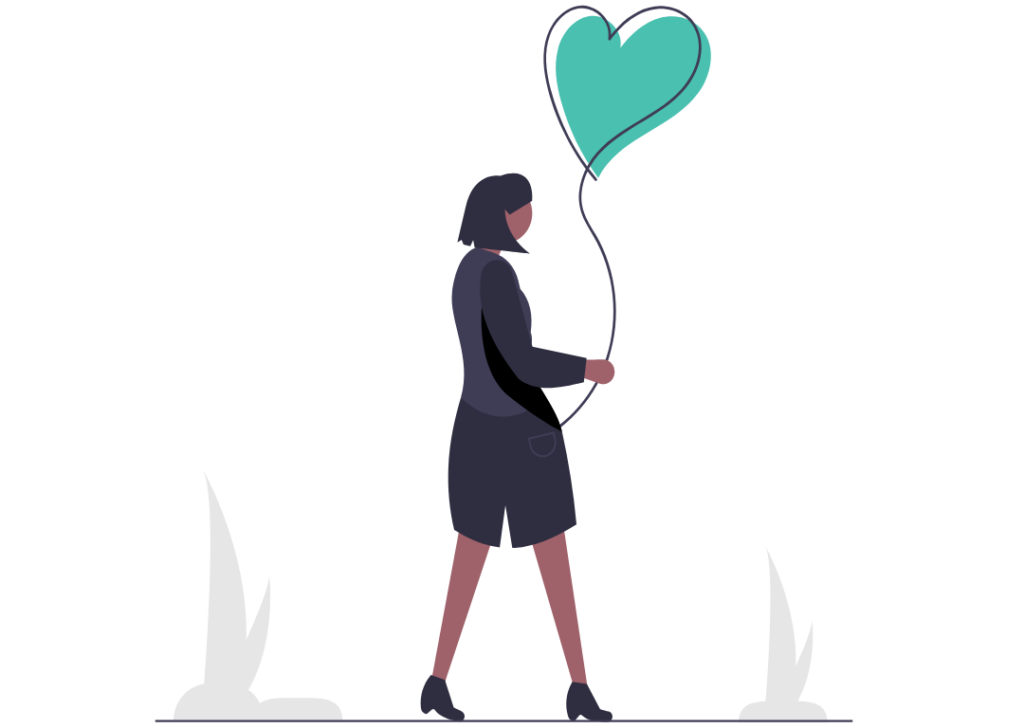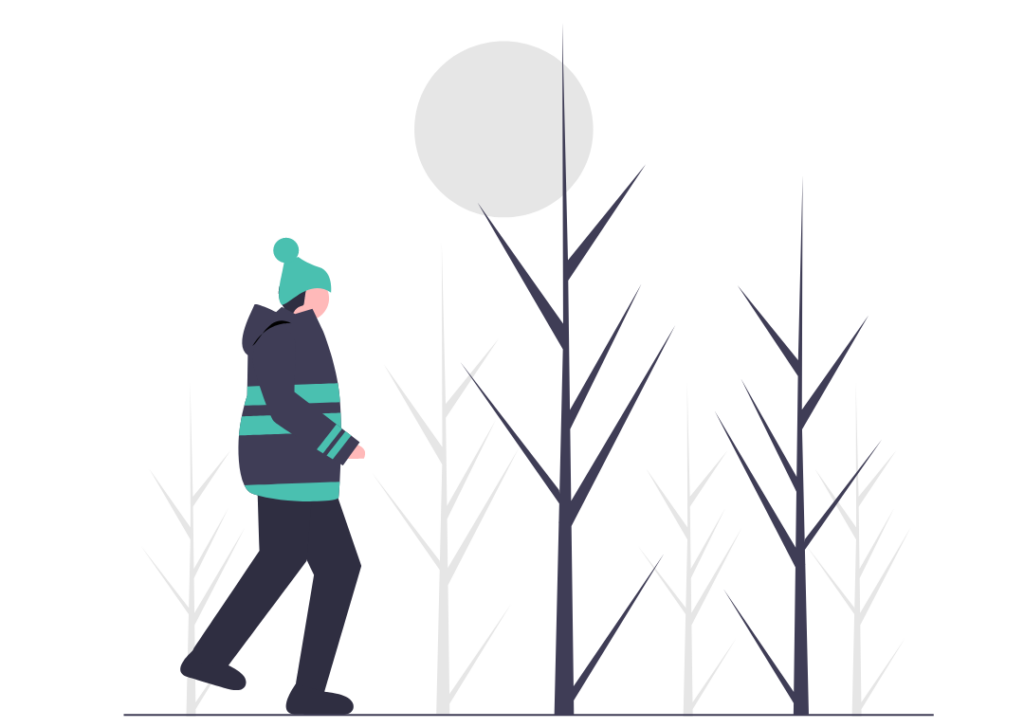
Saying Goodbye to My Mom in 15 Days
Klara was a few years out of college when her seemingly healthy mom was diagnosed with a rare form of cancer beyond treatment.

Kathleen is a dedicated hospice nurse who finds fulfillment in comforting patients and families in their most difficult days. Kathleen shares the challenges of having difficult conversations with families, how hospice teams can make end-of-life care more manageable, and why families need to ask questions. This is Kathleen's story.
I worked in a hospital and would occasionally work with hospice patients. I had some really wonderful experiences caring for these patients and felt like I wanted to learn more about how to provide end-of-life (EOL) care since there was very little training for it in that job.
The biggest challenge is having the incredibly difficult conversation with patients and families about the patient’s decline. Sometimes it happens faster than expected, sometimes it’s slower. Either scenario makes people nervous and can be hard to talk about.
Also, keeping people comfortable in the home is a huge challenge. You are instructing loved ones to give meds, change briefs, and monitor for changes. Essentially, you are teaching the family to do the job you do as a nurse in a short period of time. We ask a lot of families.
Patients and families are always grateful for my help. They are doing all the work and even a short visit to help them adjust a patient or offer encouragement or recommendations, makes their life so much easier. I live for these moments.
I’ve learned that I am a comfort to people, and it encourages me to keep doing this job.
The best way to describe it is to explain what it’s not. It is not a way to speed up the dying process. This is the biggest fear people have with hospice. They think the medication we give will kill their loved one. The medication is meant to ease the difficult nature of the dying process. If a patient chooses not to take it, they absolutely do not have to.
Hospice offers a diverse and knowledgeable staff including nurses, doctors, social workers, nurse assistants, and chaplains. They are all specialized in providing end-of-life care and comfort to someone who has chosen to avoid medical treatments. Instead, patients can focus on themselves and the remainder of their life in a non-hospital setting surrounded by family and friends.
Choosing the right hospice provider will take a personal search, reading recommendations, asking friends and acquaintances who have gone through hospice care, or recommendations from a primary care provider.
Don’t stop asking questions. That is why we have a large team of people all working to help patients and families. Don’t be afraid to care for your loved one. It is absolutely a challenge, but can help with the grieving process of dying since it brings people together.
Read the material provided in the hospice packet! There are two books, both written by hospice nurses, that address the end-of-life process. Many families have expressed how this knowledge has helped them prepare for the changes their loved one will undergo. Gone From My Sight by Barbara Karnes and Crossing the Creek by Michael Holmes.
I wish the hospice I work for offered more alternative therapies like pet and massage therapy. The hospice I work for has volunteers, which is a nice comfort for patients, but I know some people would really appreciate a massage at the end of life or a warm, fuzzy creature by their side.
Grief makes people do things they wouldn’t normally do. Families will fight, patients will take out their frustrations on their caregiver, patients and families will lash out at the hospice team. These are all natural expressions of grief. It’s difficult to deal with these situations, but just know that it will get better.
Our lives are dynamic. Every day is different. The ebb and flow continues indefinitely. Try to see past the grief to the person desperately trying to keep it together. Take their pain and let it go. Don’t harbor it!

Klara was a few years out of college when her seemingly healthy mom was diagnosed with a rare form of cancer beyond treatment.

Chris was in his mid-50s when his mom was diagnosed with small-cell carcinoma and learned that she had limited time left to live.

Sawyer was living with in Vermont his wife and two toddlers when his dad was diagnosed with lung cancer.